Home>Interior Design>How To Wash And Care For Curtains And Drapes: The Right Way
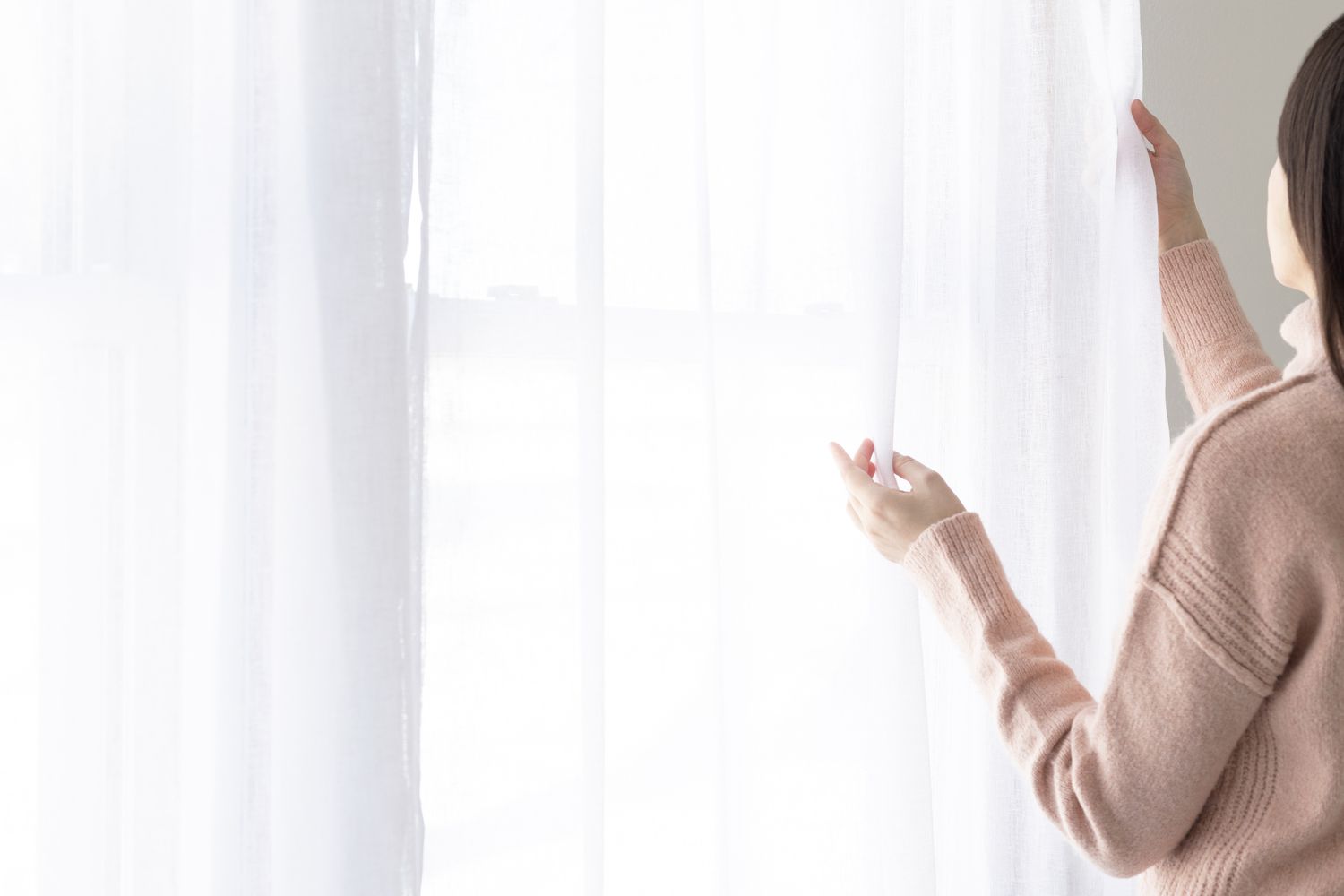

Interior Design
How To Wash And Care For Curtains And Drapes: The Right Way
Modified: January 19, 2024
Learn the proper way to wash and care for curtains and drapes with our interior design tips. Keep your window treatments looking fresh and beautiful!
(Many of the links in this article redirect to a specific reviewed product. Your purchase of these products through affiliate links helps to generate commission for Storables.com, at no extra cost. Learn more)
Introduction
When it comes to interior design, curtains and drapes play a crucial role in enhancing the aesthetic appeal of a space. These window treatments not only provide privacy but also add texture, color, and style to a room. However, over time, curtains and drapes can accumulate dust, dirt, and stains, making them look dull and unattractive.
To ensure that your curtains and drapes maintain their beauty and serve their purpose effectively, proper washing and care are essential. In this article, we will guide you through the right way to wash and care for your curtains and drapes, whether they are made of delicate fabrics or are fully lined.
Before we dive into the washing process, let’s gather the necessary supplies:
- Mild laundry detergent
- White vinegar
- Lint roller or soft brush
- Gentle stain remover
- Steamer or iron (with a steaming function)
- Washing machine (if applicable)
- Large basin or bathtub (if hand washing)
Once you have these supplies ready, it’s time to prepare your curtains and drapes for washing. But before doing anything, check the care label to determine the appropriate washing method. Some fabrics may require dry cleaning only, while others can be hand or machine washed.
Key Takeaways:
- Properly washing and caring for curtains and drapes is essential to maintain their beauty, functionality, and longevity. Follow specific care instructions and utilize the right techniques and supplies for effective maintenance.
- Whether machine washing or hand washing, always refer to the care label instructions to safeguard the fabric and preserve its quality. Properly prepare, wash, dry, and iron or steam your curtains to ensure they remain fresh, clean, and attractive.
Read more: How To Drape Curtains For Backdrop
Necessary Supplies
Before you start washing your curtains and drapes, it’s important to gather all the necessary supplies. Here’s a list of what you’ll need:
- Mild laundry detergent: Choose a gentle detergent that is suitable for delicate fabrics. Avoid using harsh chemicals or bleach, as they can damage the fabric.
- White vinegar: White vinegar is an excellent natural fabric softener and can help remove any lingering odors.
- Lint roller or soft brush: These tools are useful for removing any dust or pet hair from the curtains before washing.
- Gentle stain remover: If your curtains have any stubborn stains, it’s a good idea to have a gentle stain remover on hand. Make sure to choose a product that is safe for the fabric.
- Steamer or iron with steaming function: This is necessary for removing wrinkles from your curtains after washing. The steaming function of an iron or a separate steamer can help restore their smooth appearance.
- Washing machine (if applicable): Some curtains and drapes can be machine washed. If your curtains are suitable for machine washing, make sure you have access to a washing machine with a gentle cycle.
- Large basin or bathtub (if hand washing): For curtains that require hand washing, you will need a large basin or bathtub to do the washing. Make sure it is clean and free of any residue.
By collecting these supplies in advance, you will be well-prepared to wash and care for your curtains and drapes effectively. Choosing the right tools and products will help ensure that your curtains come out looking fresh, clean, and beautifully maintained.
Preparing for Washing
Before you begin the washing process, it’s important to properly prepare your curtains and drapes. Follow these steps to ensure that they are ready for washing:
- Remove any hardware: Take down your curtains and remove any hooks, rings, or other hardware that may be attached to them. This will prevent damage to the fabric or the washing machine.
- Read the care label: Check the care label on your curtains to determine the recommended washing method. The care label will provide instructions specific to the fabric, including whether the curtains can be machine washed or if they require hand washing or dry cleaning.
- Inspect for stains or spots: Before washing, thoroughly inspect your curtains for any stains or spots. Use a lint roller or a soft brush to remove any loose dirt, dust, or pet hair. If you come across any stains, treat them with a gentle stain remover according to the product instructions.
- Pre-treat any odor: If your curtains have a lingering odor, you can pre-treat them by lightly spraying a mixture of water and white vinegar. Vinegar is a natural deodorizer and can help remove any unpleasant smells.
- Check for colorfastness: Test a small, inconspicuous area of the curtain for colorfastness. Dampen a white cloth with water and gently rub it on the fabric. If any colors transfer onto the cloth, your curtains may not be colorfast and should be dry cleaned instead of washed.
- Take measurements (optional): If you plan to alter your curtains or want to ensure that they will fit perfectly after washing, take measurements before washing. This will help you maintain the desired length or width.
By following these steps, you will ensure that your curtains are ready for washing and that you are aware of any specific care instructions. Preparing your curtains correctly will help prevent any damage to the fabric and ensure a successful washing process.
Machine Washing
If your curtains are suitable for machine washing, follow these steps to ensure a proper and effective cleaning:
- Divide into manageable loads: If you have multiple sets of curtains or larger ones, it’s best to divide them into smaller loads. Overcrowding the washing machine can lead to inadequate cleaning and cause excessive wrinkling.
- Use a gentle cycle: Set your washing machine to a delicate or gentle cycle to prevent any damage to the fabric. Avoid using a high-speed spin cycle, as it can cause the curtains to tangle or wrinkle severely.
- Use a mild detergent: Add a small amount of mild laundry detergent to the washing machine. The detergent should be suitable for delicate fabrics and free from harsh chemicals or bleach.
- Wash with cold water: Set the machine to a cold water wash cycle. Using cold water will help protect the fabric and prevent colors from fading or bleeding. Make sure the water temperature is suitable for the curtains’ fabric type.
- Avoid fabric softener: Skip the fabric softener when washing curtains. Fabric softeners can leave residue on the fabric and affect their appearance. Instead, use white vinegar during the rinse cycle as a natural fabric softener and odor remover.
- Select a gentle spin cycle: Choose a gentle spin cycle or opt for no spin at all to minimize wrinkling. You want to avoid excessive agitation that could damage the fabric or cause creases that are difficult to remove.
- Remove promptly: As soon as the washing cycle is complete, remove the curtains from the machine. If left sitting in the machine, they may become wrinkled or develop a musty odor.
After machine washing, it’s time to move on to the drying phase. Follow the next section to learn how to dry your curtains properly.
Hand Washing
If your curtains are not suitable for machine washing or if you prefer a more gentle approach, hand washing is an ideal method. Follow these steps to hand wash your curtains:
- Fill a clean basin or bathtub: Start by filling a clean basin or bathtub with lukewarm water. Make sure the water level is sufficient to fully submerge the curtains without causing overflow.
- Add mild detergent: Add a small amount of mild laundry detergent to the water. Swirl the water with your hand to create a soapy solution.
- Immerse and agitate: Carefully immerse the curtains into the soapy water. Gently agitate the water with your hands to dislodge any dirt or stains. Avoid harsh rubbing or wringing, which can damage the fabric.
- Spot treat stains: If there are any stubborn stains, you can spot treat them by applying a small amount of gentle stain remover directly to the affected area. Gently work the stain remover into the fabric using your fingertips.
- Drain and refill: Once the curtains have been thoroughly washed, drain the soapy water and refill the basin or bathtub with clean lukewarm water. Rinse the curtains by gently swishing them in the fresh water to remove any remaining detergent.
- Repeat rinsing if necessary: Depending on the fabric and the amount of detergent used, it may be necessary to repeat the rinsing process with clean water to ensure that all detergent residues are removed.
- Squeeze out excess water: After rinsing, carefully lift the curtains out of the water and squeeze out the excess water by gently pressing them against the side of the basin or bathtub. Avoid wringing or twisting the curtains, as it can damage the fabric.
Once your curtains have been hand washed and excess water has been removed, it’s time to move on to the drying process. Read on to the next section to learn how to dry your curtains properly.
To wash and care for curtains and drapes, always check the care label for specific instructions. Use a gentle cycle and mild detergent, and avoid using fabric softener to prevent damage to the fabric. Hang to dry or use a low heat setting in the dryer to avoid shrinking.
Read more: How To Hang A Sheer Curtain With Drapes
Drying
After washing your curtains, it’s important to dry them properly to prevent shrinkage, wrinkles, and damage to the fabric. Follow these steps to ensure a safe and effective drying process:
- Read the care label: Check the care label on your curtains for specific drying instructions. Some curtains may be safe for machine drying, while others may require air drying.
- Machine drying: If your curtains are suitable for machine drying, place them in the dryer along with a few clean, dry towels or sheets to help absorb moisture and prevent excessive wrinkling. Use a low heat or delicate setting to avoid excessive shrinkage or damage.
- Air drying: If air drying is recommended, gently remove any excess water from the curtains by pressing them between clean, dry towels. Then, hang them up on a clothesline or a drying rack in a well-ventilated area. Make sure to evenly distribute the fabric to minimize wrinkles.
- Avoid direct sunlight: While drying your curtains outside, avoid direct sunlight, as it can fade the colors or cause damage to the fabric. If possible, choose a shaded area or dry them indoors away from direct heat sources.
- Smooth out wrinkles: Once your curtains are dry, they may have some wrinkles. To remove these, gently shake them out or give them a light shake. You can also use a steamer or an iron with a steaming function on a low heat setting to remove any remaining wrinkles. Be sure to follow the manufacturer’s instructions for ironing or steaming to prevent damage.
By following these drying methods, you can help preserve the shape, color, and overall appearance of your curtains. Proper drying will ensure that your curtains are ready to be hung back up and showcase their newfound freshness and beauty.
Ironing or Steaming
After washing and drying your curtains, there may still be some wrinkles or creases that need to be smoothed out. Ironing or steaming is the final step to achieve a polished and crisp look. Follow these steps for ironing or steaming your curtains:
- Check the fabric’s compatibility: Before ironing or steaming, check the fabric care instructions to ensure that it can withstand heat. Some fabrics may be more delicate and require a lower heat setting or steaming instead of ironing.
- Set up the iron or steamer: If you are using an iron, set it to the appropriate heat setting for the fabric. Make sure the iron is clean and free of any residue that could transfer onto the curtains. If using a steamer, fill it with water and allow it to heat up according to the manufacturer’s guidelines.
- Prepare the curtains: Lay the curtain on an ironing board or a flat surface. Smooth out any visible wrinkles and ensure the fabric is evenly spread to avoid creating new wrinkles during the ironing or steaming process.
- Ironing: If ironing, gently glide the iron over the fabric in smooth, straight motions. Avoid keeping the iron in one spot for too long, as it can scorch or damage the fabric. Move the iron from top to bottom, working your way across the curtain until all areas are ironed and wrinkles are removed.
- Steaming: If using a steamer, hold the steamer several inches away from the curtains and move it up and down or side to side, allowing the steam to penetrate the fabric. Use gentle movements to avoid stretching or distorting the curtain. Continue steaming until wrinkles disappear.
- Hang or store properly: Once your curtains are wrinkle-free, hang them back up or fold them neatly for storage. Avoid crushing or squishing them, as this can lead to new wrinkles forming.
Remember to always follow the manufacturer’s instructions for ironing or steaming to prevent any damage to the fabric. Properly ironed or steamed curtains will enhance the overall appearance of your space and give it a polished and well-maintained look.
Removing Stains
Stains on your curtains can be unsightly and stubborn to remove. However, with the right techniques and products, you can effectively treat and remove various types of stains. Follow these steps to tackle common stains on your curtains:
- Identify the type of stain: Before starting the stain removal process, identify the type of stain you are dealing with. Different stains require different treatment methods.
- Pre-treat the stain: For fresh stains, quickly blot the affected area with a clean cloth or paper towel to absorb as much of the stain as possible. Avoid rubbing the stain, as it can spread further into the fabric.
- Choose a gentle stain remover: Select a gentle stain remover that is suitable for the fabric of your curtains. Test the stain remover on a small, inconspicuous area of the curtain to ensure it does not cause any discoloration or damage.
- Apply the stain remover: Following the product instructions, apply the stain remover directly to the stained area. Gently work the stain remover into the fabric using a clean cloth or sponge, being careful not to scrub vigorously.
- Let it sit: Allow the stain remover to penetrate the fabric for the recommended amount of time. This will help break down the stain and make it easier to remove.
- Blot or rinse: After the recommended time has passed, blot the treated area with a clean cloth or rinse the curtains under running water. Blotting or rinsing helps to remove the stain and any residue from the stain remover.
- Repeat if necessary: For stubborn stains, you may need to repeat the process several times until the stain is completely removed. Be patient and persistent, but avoid using excessive force or harsh chemicals that could damage the fabric.
- Wash or dry clean: Once the stain is successfully removed, follow the appropriate washing or dry cleaning instructions for your curtains to ensure they are completely clean and fresh.
Remember to always read the care label and follow any specific instructions provided by the curtain manufacturer. Promptly addressing stains and using the correct stain removal techniques will help keep your curtains looking their best.
Additional Tips and Considerations
When it comes to washing and caring for your curtains, there are a few additional tips and considerations to keep in mind to maintain their longevity and appearance:
- Regularly dust and vacuum: To minimize the buildup of dust and dirt on your curtains, regularly dust or vacuum them using a soft brush attachment. This will help prolong the time between washings.
- Spot clean as needed: Address small stains or spills immediately by spot cleaning the affected area. Use a clean cloth soaked in mild detergent and water, and gently dab at the stain. Always test on an inconspicuous area first and avoid rubbing.
- Protect curtains from direct sunlight: Prolonged exposure to direct sunlight can cause fading and damage to the fabric. Consider using sheer curtains or window film to filter the sunlight and protect your curtains.
- Rotate curtains: If your curtains are exposed to sunlight, rotate them regularly to ensure even fading and wear. This will help maintain their appearance and prolong their lifespan.
- Use caution with high heat: When ironing or steaming your curtains, be cautious with high heat settings, especially on delicate fabrics. Excessive heat can scorch or melt certain materials.
- Consider professional cleaning: For valuable or delicate curtains, consider seeking professional cleaning services. They have the expertise to handle different fabric types and can ensure a thorough and safe cleaning process.
- Store curtains properly: If you plan to remove and store your curtains, make sure they are clean and completely dry before folding them neatly and placing them in a breathable storage bag or container. Avoid using plastic bags, as they can trap moisture and lead to mildew or musty odors.
- Follow care instructions: Always follow the care instructions provided by the curtain manufacturer. These instructions are specific to the fabric and will help you maintain the curtains’ appearance and integrity.
By keeping these additional tips in mind, you can extend the life of your curtains and keep them looking fresh and beautiful for years to come.
Conclusion
Properly washing and caring for your curtains and drapes is essential to maintain their beauty, functionality, and longevity. By following the right techniques and utilizing the necessary supplies, you can ensure that your curtains remain fresh, clean, and attractive. Whether you choose to machine wash or hand wash your curtains, always refer to the care label instructions to safeguard the fabric and preserve its quality.
Remember to thoroughly prepare your curtains before washing, removing any hardware and inspecting for stains. Use a mild detergent or stain remover appropriate for the fabric type, and always wash with care to prevent damage or shrinking. After washing, the drying process is crucial to avoid wrinkles and maintain the shape of the curtains. Whether you choose to air dry or use a gentle cycle in your machine, it’s important to follow the recommended instructions.
Once your curtains are clean and dry, you may need to iron or steam them to remove any remaining wrinkles. Take care to use the appropriate heat settings based on the fabric type and consider hanging them in a well-ventilated area to prevent odors and excess moisture buildup. Finally, take precautions to protect your curtains from direct sunlight and regularly dust or vacuum to minimize the need for frequent washings.
By incorporating these tips and techniques into your routine, you can enjoy beautiful, clean curtains that enhance the overall aesthetic of your space. Remember to always refer to the specific care instructions for your curtains to ensure the best results and longevity. With proper washing and care, your curtains will continue to make a stylish statement and provide privacy and beauty for years to come.
Frequently Asked Questions about How To Wash And Care For Curtains And Drapes: The Right Way
Was this page helpful?
At Storables.com, we guarantee accurate and reliable information. Our content, validated by Expert Board Contributors, is crafted following stringent Editorial Policies. We're committed to providing you with well-researched, expert-backed insights for all your informational needs.


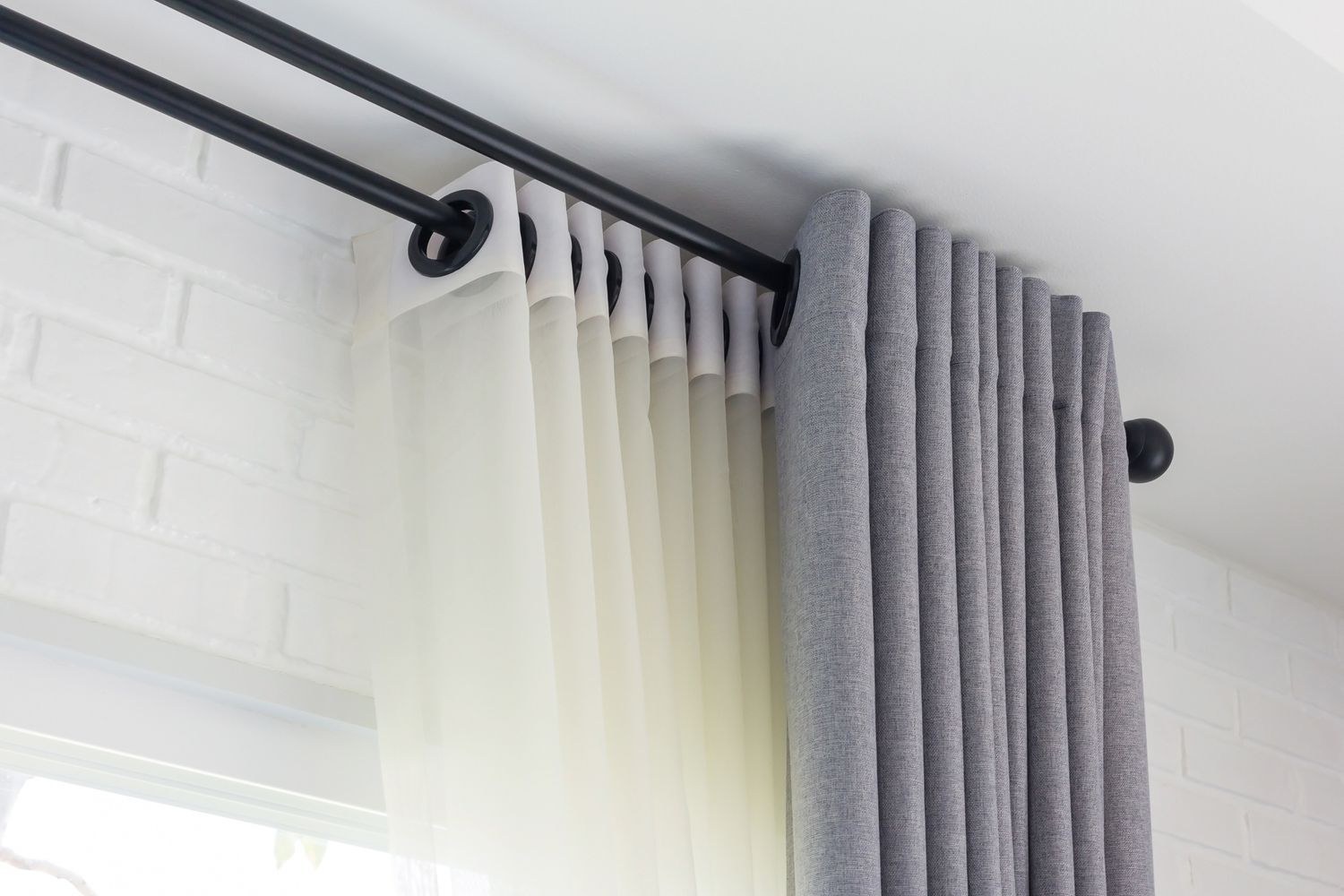


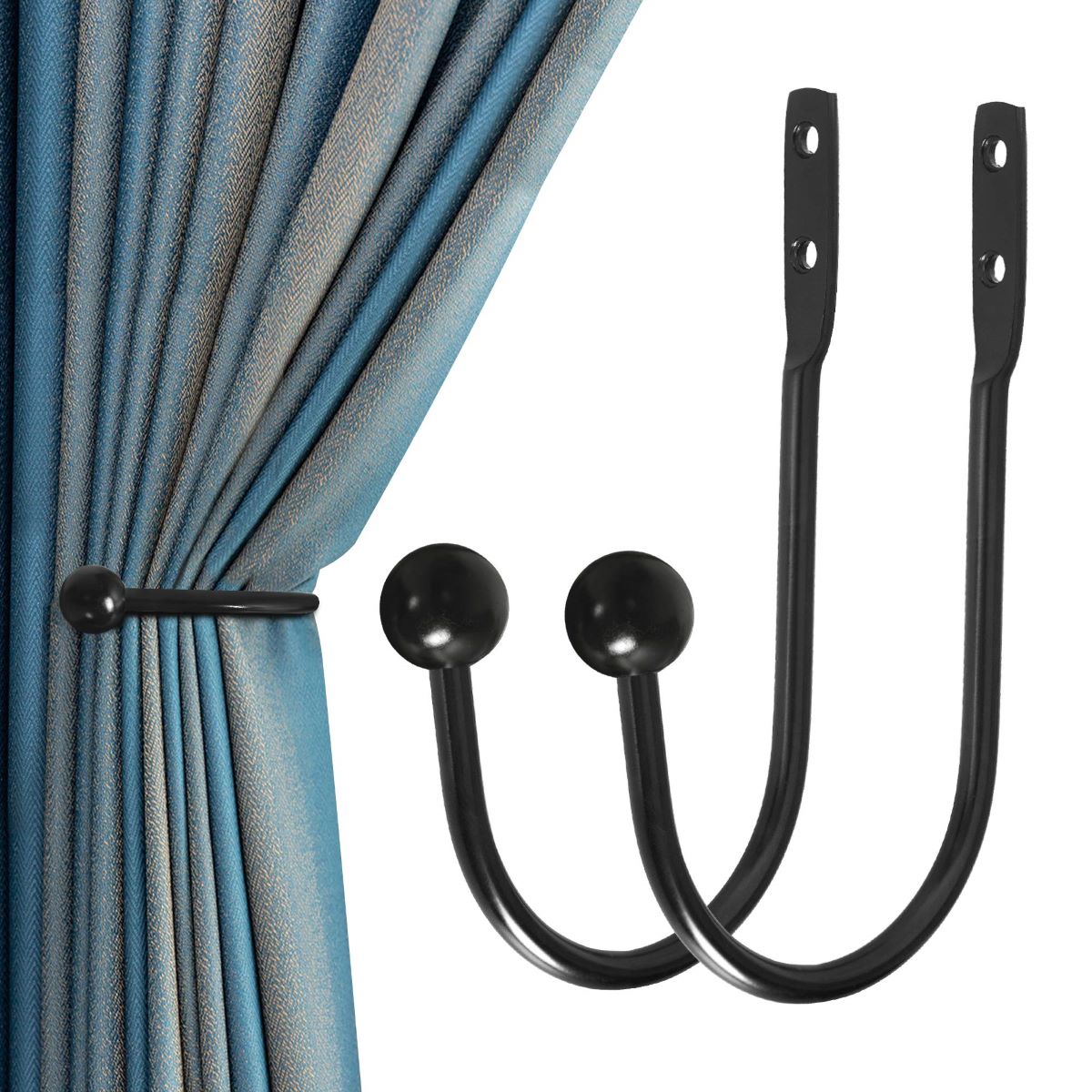
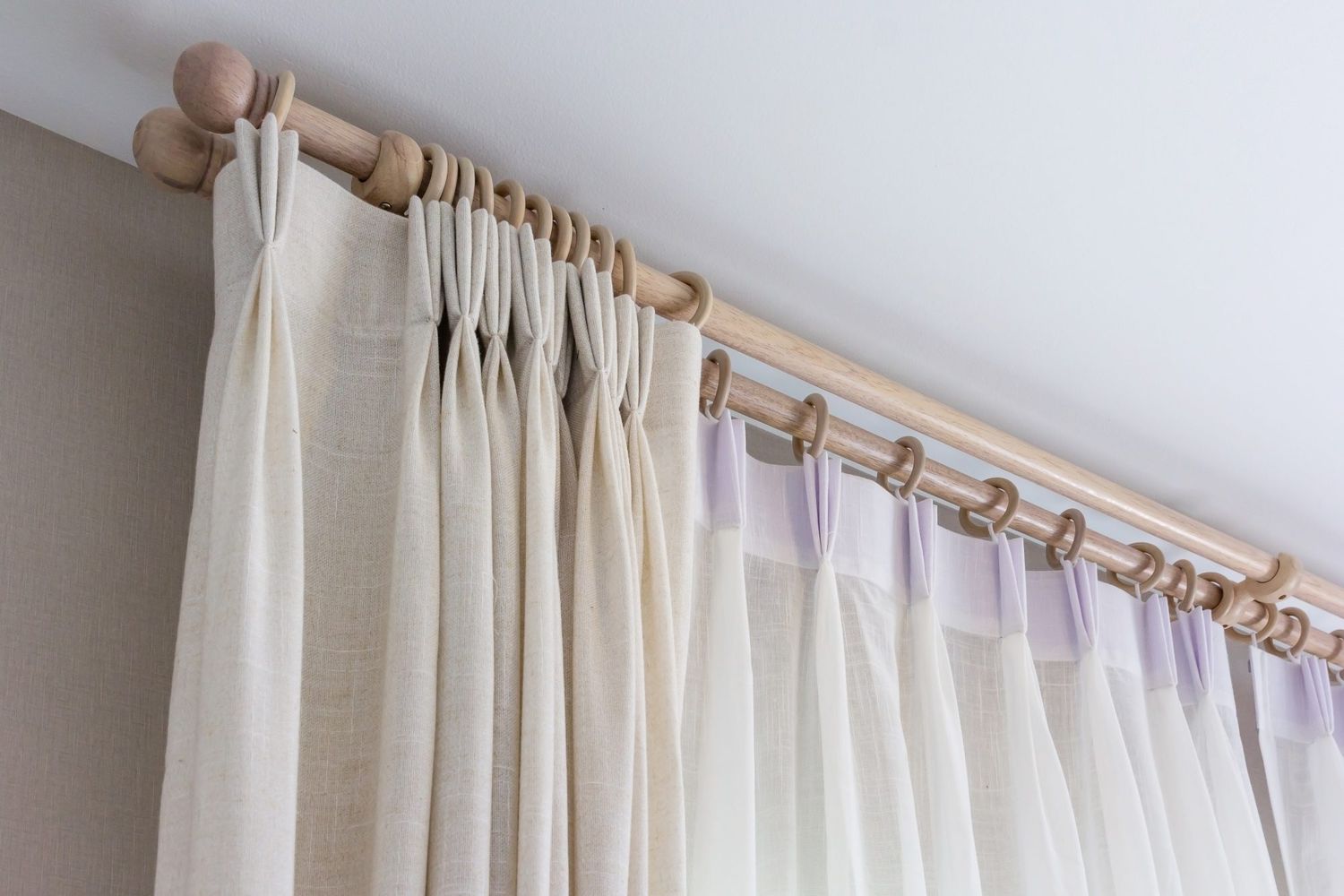
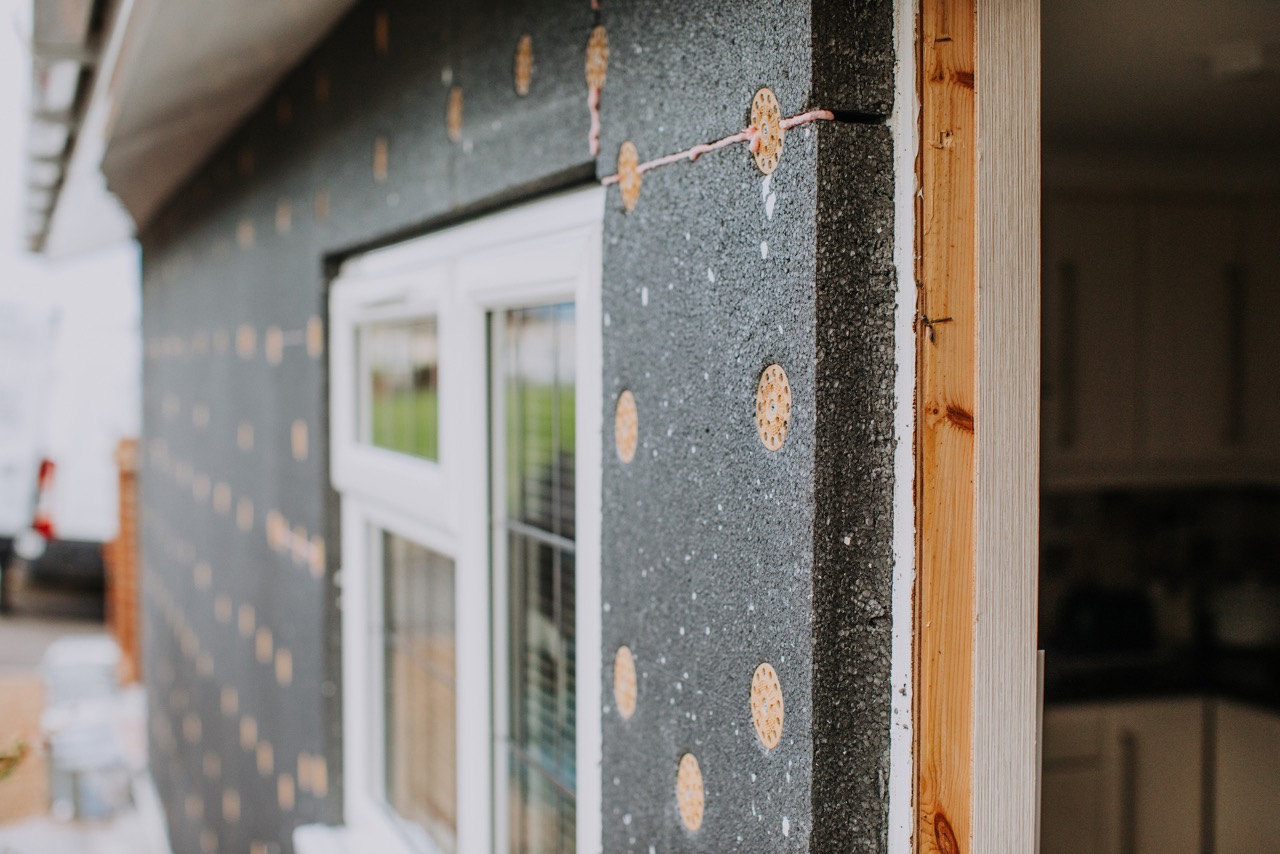
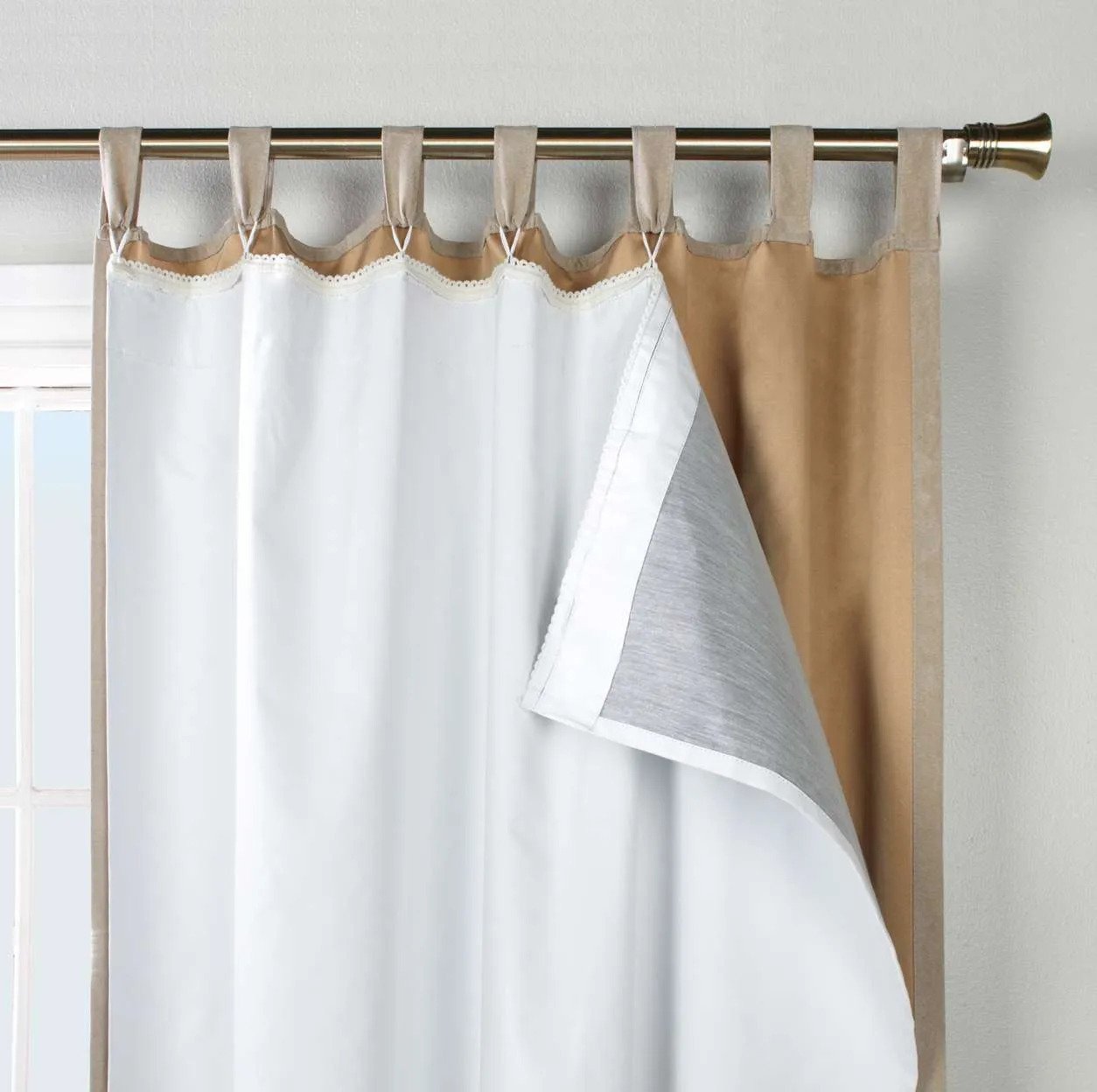
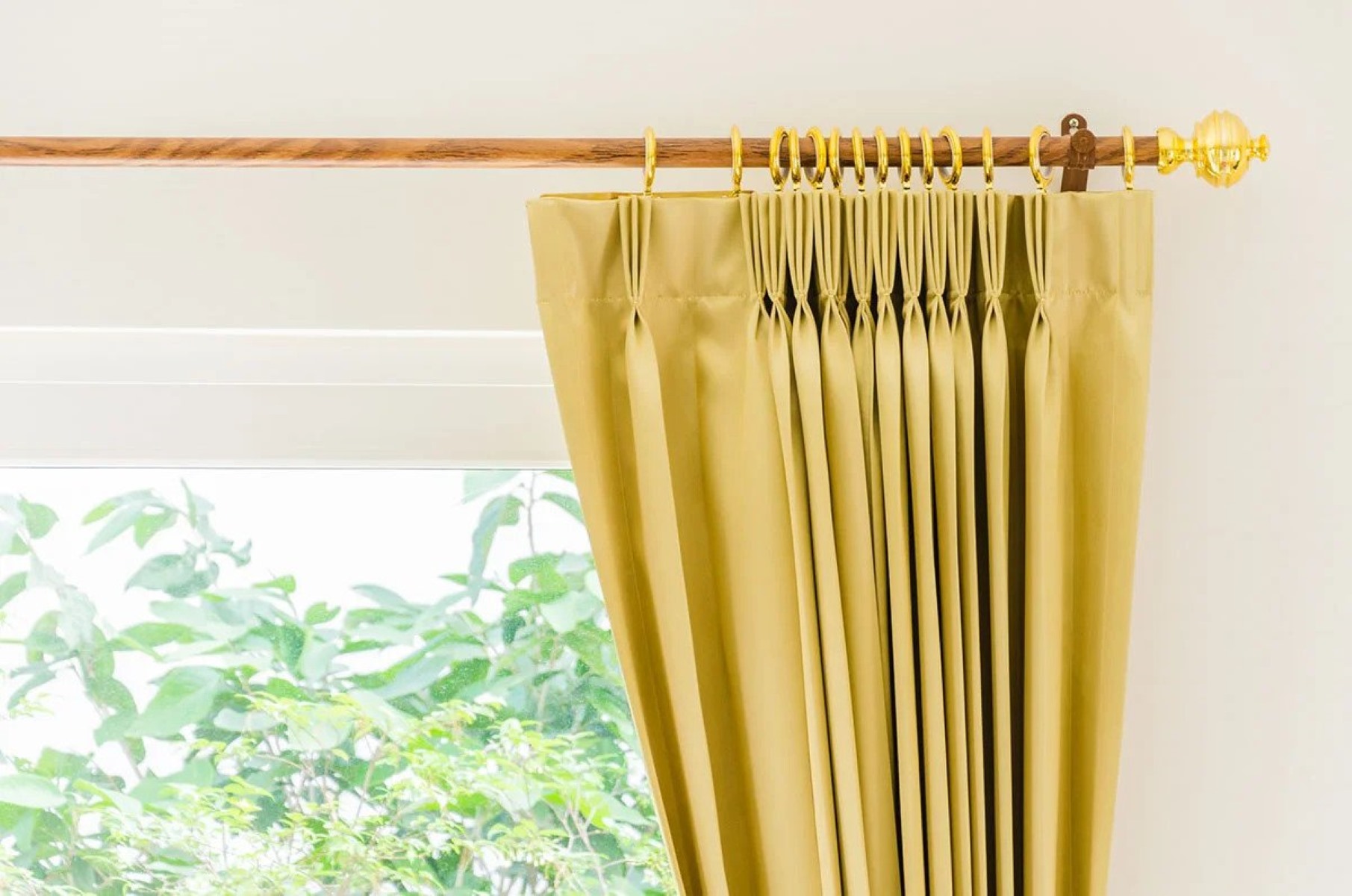
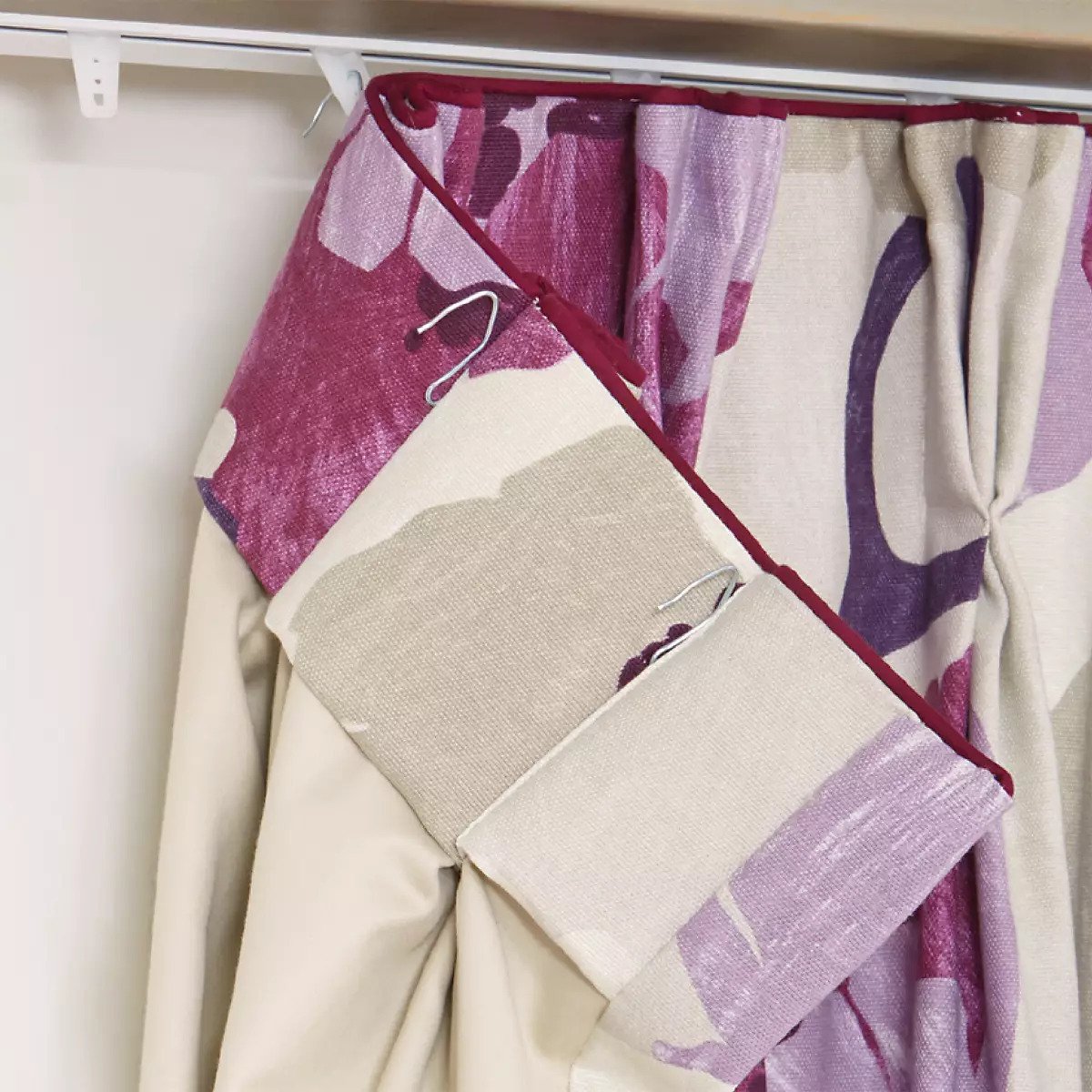
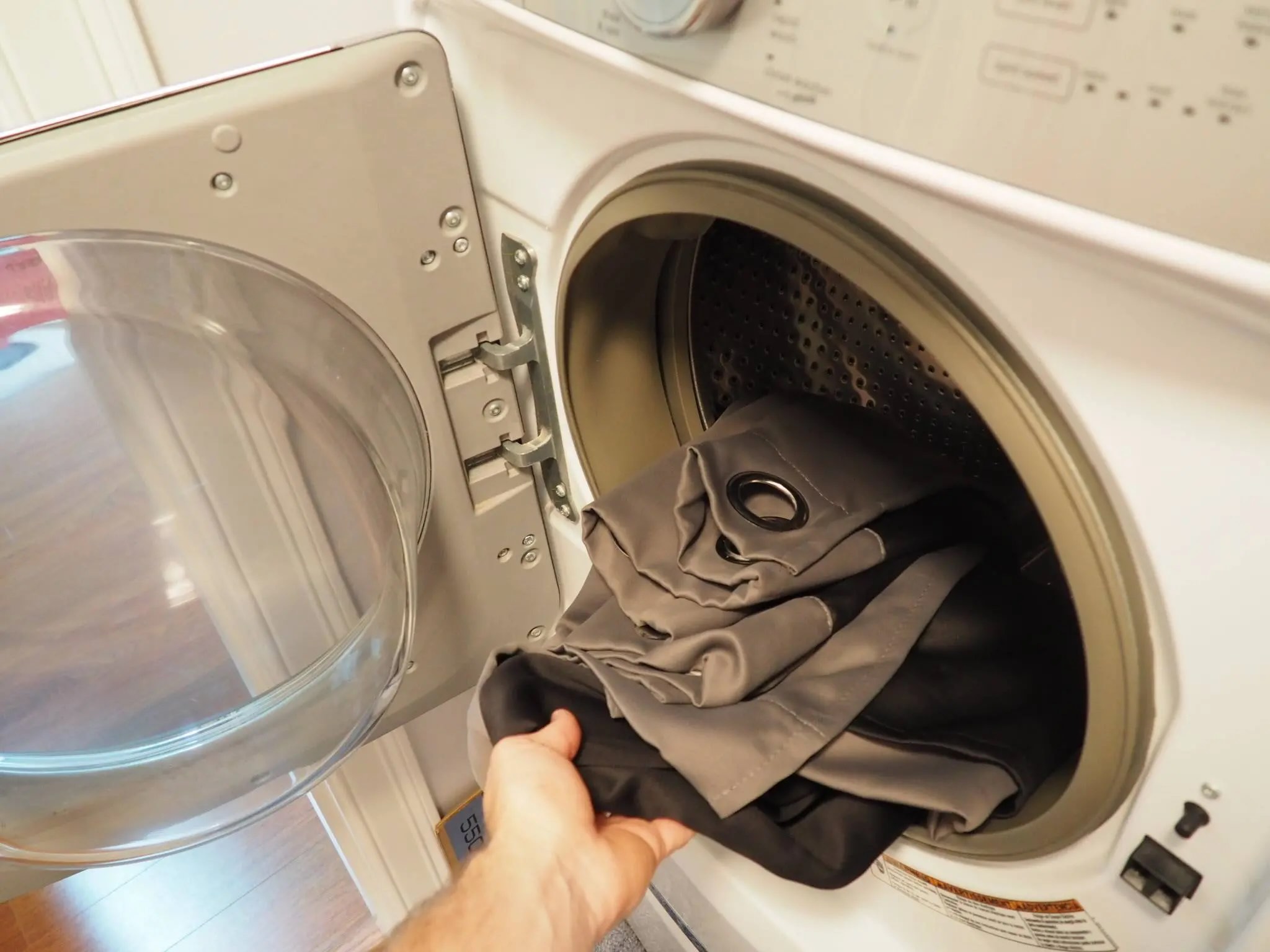
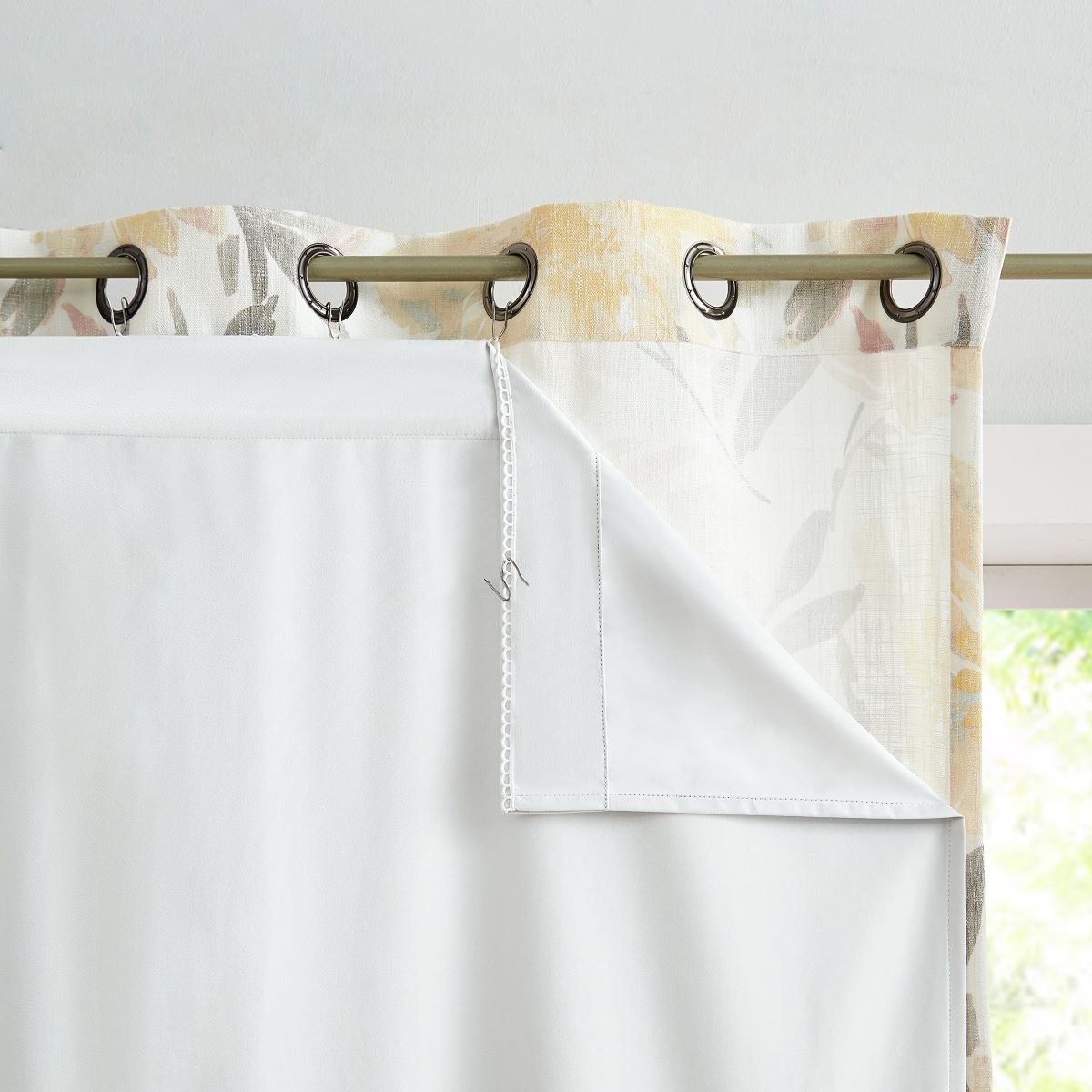

0 thoughts on “How To Wash And Care For Curtains And Drapes: The Right Way”